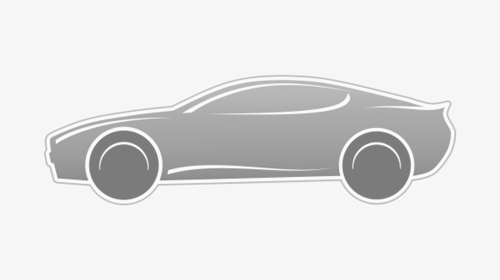-Anxiety
Anxiety is your body’s natural response to stress. It’s a feeling of fear or apprehension about what’s to come. The first day of school, going to a job interview, or giving a speech may cause most people to feel fearful and nervous.
But if your feelings of anxiety are extreme, last for longer than six months, and are interfering with your life, you may have an anxiety disorder.
-Anxiety and depression
If you have an anxiety disorder, you may also be depressed. While anxiety and depression can occur separately, it’s not unusual for these to mental health disorders to happen together.
Anxiety can be a symptom of clinical or major depression. Likewise, worsening symptoms of depression can be triggered by an anxiety disorder.
Symptoms of both conditions can be managed with many of the same treatments: psychotherapy (counseling), medications, and lifestyle changes.
This app made for who always have thought " i have anxiety " and always searching for anxiety help app.
-Breathing for Anxiety
Breathing is a necessity of life that usually occurs without much thought. When you breathe in air, blood cells receive oxygen and release carbon dioxide. Carbon dioxide is a waste product that's carried back through your body and exhaled.
Improper breathing can upset the oxygen and carbon dioxide exchange and contribute to anxiety, panic attacks, fatigue, and other physical and emotional disturbances.
Most people aren't really conscious of the way they're breathing, but generally, there are two types of breathing patterns:
-Diaphragmatic (abdominal) breathing
-Thoracic (chest) breathing
When people are anxious they tend to take rapid, shallow breaths that come directly from the chest. This type of breathing is called thoracic or chest breathing. When you’re feeling anxious, you may not even be aware you’re breathing this way.
Chest breathing causes an upset in the oxygen and carbon dioxide levels in the body resulting in increased heart rate, dizziness, muscle tension, and other physical sensations. Your blood is not being properly oxygenated and this may signal a stress response that contributes to anxiety and panic attacks.
Use this breathing app to help with your yoga for anxiety and depression exercises. If you are suffering from anxiety, depression or panic attacks.
Easy to use app.
Follow the instruction, and just breathe.
